(September 11, 2022) When Shona Prabhu started working as a nutritionist for India’s hockey team, the players were not used to having a sports nutritionist around. Thanks to the initiatives taken by the Sports Authority of India, most of the training centres across the country now have a nutritionist on board.
With a career spanning 11 years, sports and wellness nutritionist Shona Prabhu has been the nutrition consultant of state, national, and Olympic athletes of various sports, facilitating great performances for India. Some of the most impressive associations have been her stint as the nutrition consultant for men’s and women’s hockey teams of India (2017-2021), and the Delhi Capitals IPL team for the 2021 season. Shona has been a sportsperson herself in her growing up years, playing badminton for CBSE school nationals while she was growing up in Riyadh, Saudi Arabia where her parents were posted.
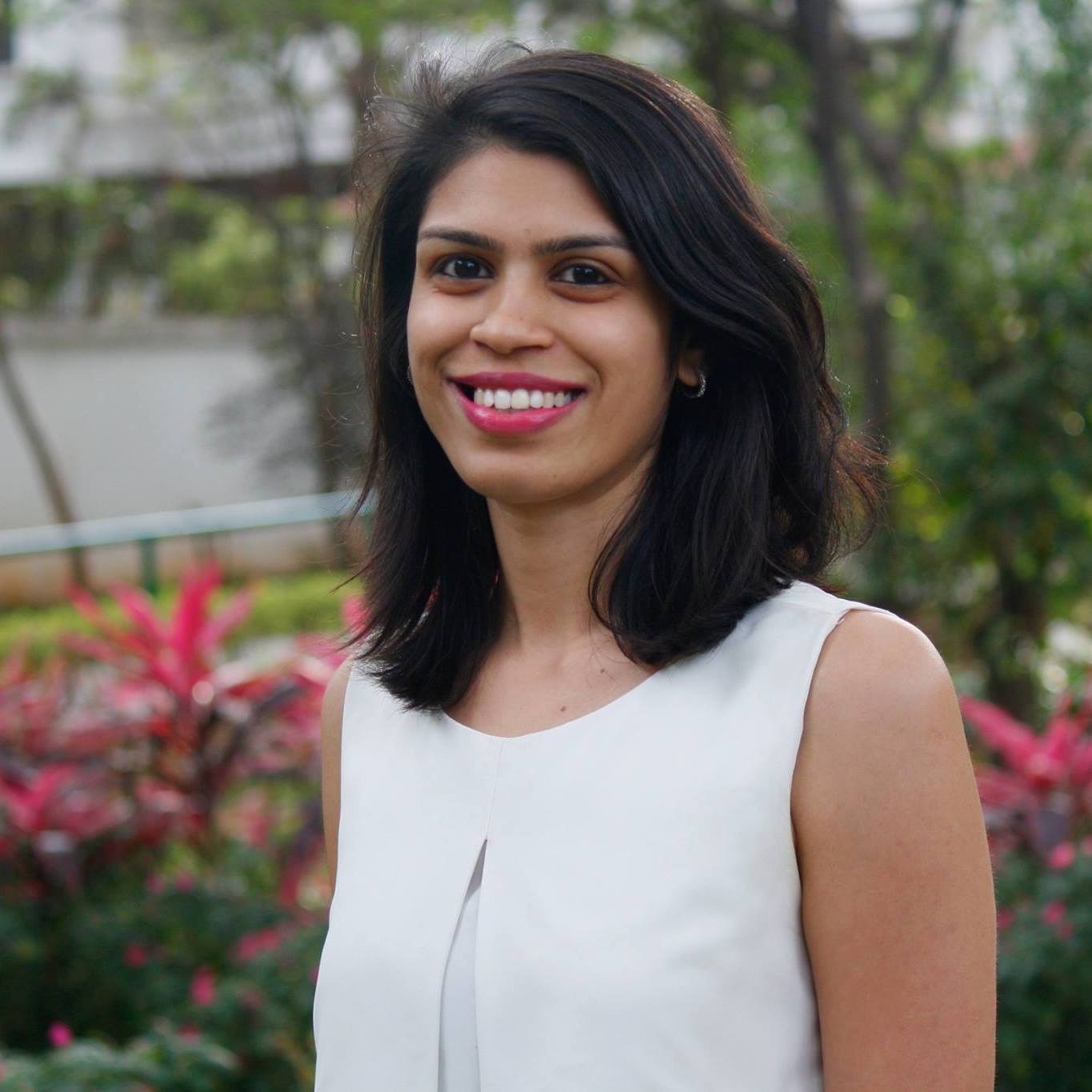
Shona Prabhu, sports nutritionist
The sports lover who also dons the hat of a corporate wellness nutritionist is the co-founder of NutrifyMyDiet, taking care of the wellness of some of the top CEOs in the country.
Talking about her experiences as a sports nutritionist to Global Indian, she mentions “It’s been very enriching. In the process, I have learned a lot about different sports, the struggles of athletes, and how they slog relentlessly to make everything work for them.” Shona has been serving tailor-made nutrition plans to suit the lifestyles, food habits, physical activities, and medical history of her clients with the philosophy – Nourish. Empower. Sustain.
Passionate about sports nutrition
“Do what you love and you will never work another day in your life. I am fortunate to be doing what I love every single day,” tells Shona who got into sports nutrition because as a young player she was always curious about how her food and nutrition can help her in her game. Having studied in Saudi Arabia until class 10, she went on to pursue her bachelor’s and post graduation in nutrition and dietetics in Bangalore, topping it up with MSc in sports and exercise nutrition from Loughborough University, UK.
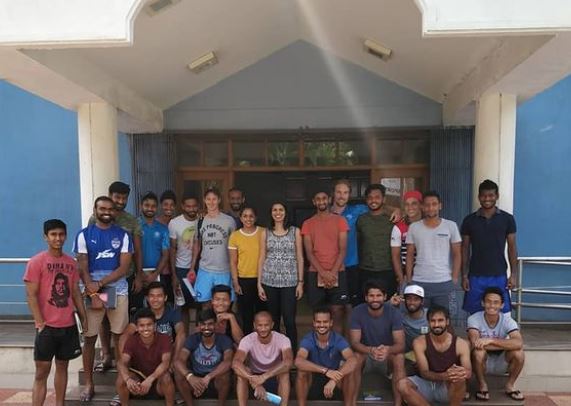
Shona Prabhu with players of Indian men’s hockey team
“To be able to pass on the knowledge to others is something that I look forward to every day,” she mentions having garnered insights over the years about vital aspects of an athlete’s life from self-experience and education. She has been the nutrition guide to successful young athletes like Aneesh Gowda (international swimmer), Niki Kaliyanda Poonacha (former national champion in tennis), Tejaswin Shankar (Commonwealth Games bronze medallist 2022 in athletics), Bengaluru Football Club (BFC) – ISL League 2016-2017 and more. “Helping them in making a difference in their lives, especially in a country, where the value being given to nutrition has just started, feels nice,” says Shona. She looks at her industry with positive eyes.
From where I started to where it has come today is rewarding. It’s very good to see the slow but steady positive changes in the overall outlook towards sports nutrition – Shona Prabhu
Startling but true
Highlighting how the concept of nutrition which should be at the top of the priority list, has loomed in ignorance for many years, Shona mentions, “Since the majority of athletes come from middle class or lower middle-class backgrounds, it is somewhat startling but true that they do not know how important nutrition is for them to perform.” Perhaps this is why being their nutrition consultant has been so fulfilling to her. It’s like facilitating the professional growth of athletes and taking their careers forward in a significant way.
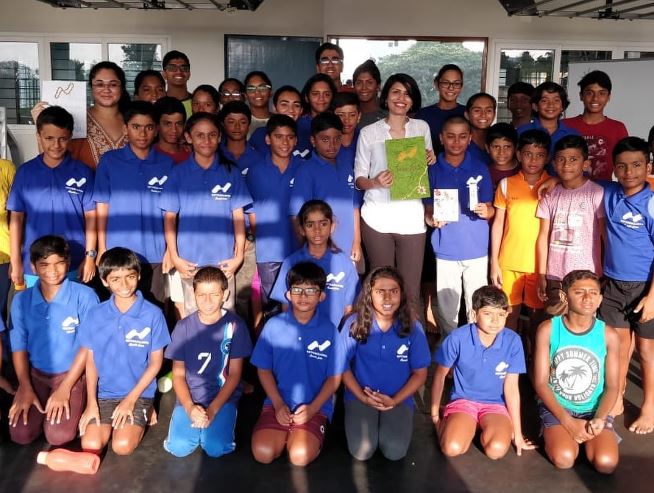
Shona with budding players of India
“Diet for a sportsperson is an integral part of the triangle or the pyramid that they should follow. The other two components are training, and sleep,” she says stressing how integral the three components are.
There are many athletes in our country who are talented and hard-working but without the right diet, lack the energy to train themselves well, giving just about 40-50 percent of what they really can – Shona Prabhu
Just filling the stomach is not sufficient
Shona points out that athletes feel they are getting nutrition if their stomach is full when that’s not the case. “I always try to make them understand the concept of nutritious food and how they can ensure the same in their diets.” She never fails to drive the point during her sessions that not just the right kind of food but also the right combination of it and eating at the right time matters on how one performs. Talking about anemia amongst female athletes of India she mentions, “Their immunity, stamina, endurance, and energy levels are directly affected, and is an important issue that needs to be addressed.”
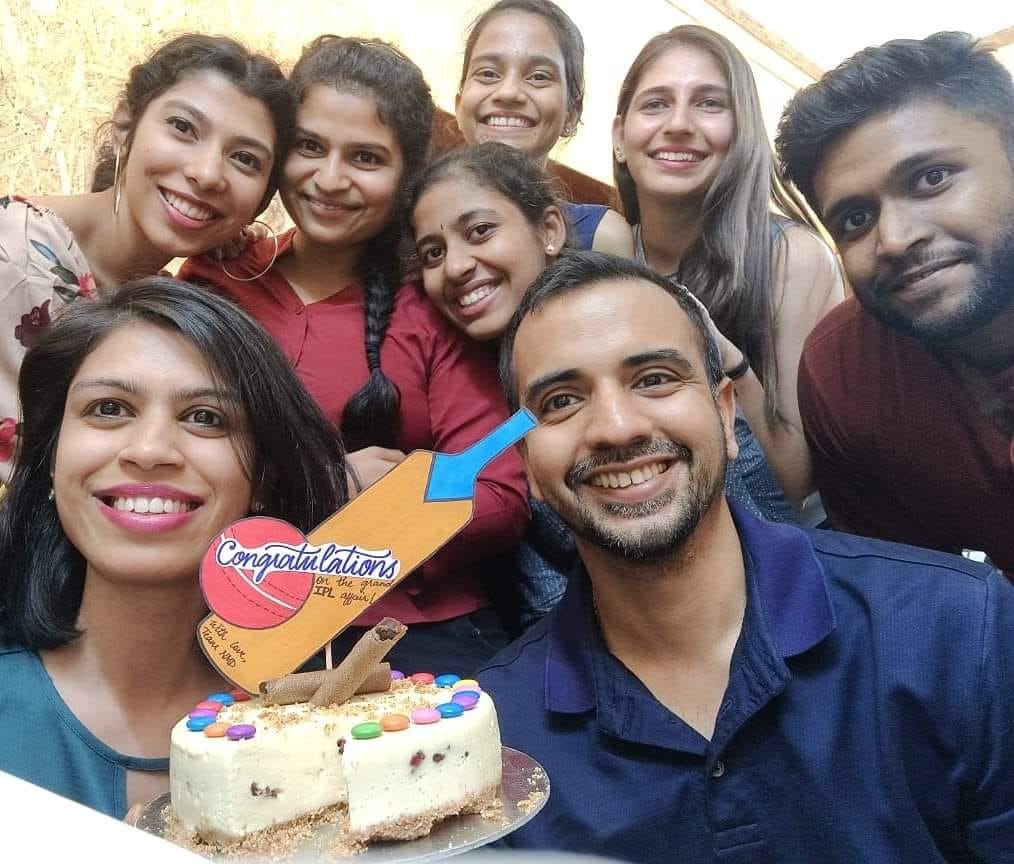
Shona with her husband, Lester Cutinha, co-founder of NutrifyMyDiet, and team members
The expert nutritionist also believes that athletes need to learn how to cook. “This is a life skill that should be developed irrespective of gender because it comes in handy in different situations. You will be able to feed yourself the right way.”
Change the outlook
Just as she organically learned about the value of nutrition by reading about it as a child and observing adults around her, she wants the kids of India to be self-aware. It is required on society’s part to change the way they are inculcating food habits in children. With the popularity of sports as a profession, many children in the country are aspiring for a career in the field.
Parents of aspiring athletes should support nutrition and a healthy environment at home. You can’t just have the aspiring athlete in the family eat certain things, while the rest of the family is eating whatever they feel like including junk food. It needs to be a family affair – Shona Prabhu
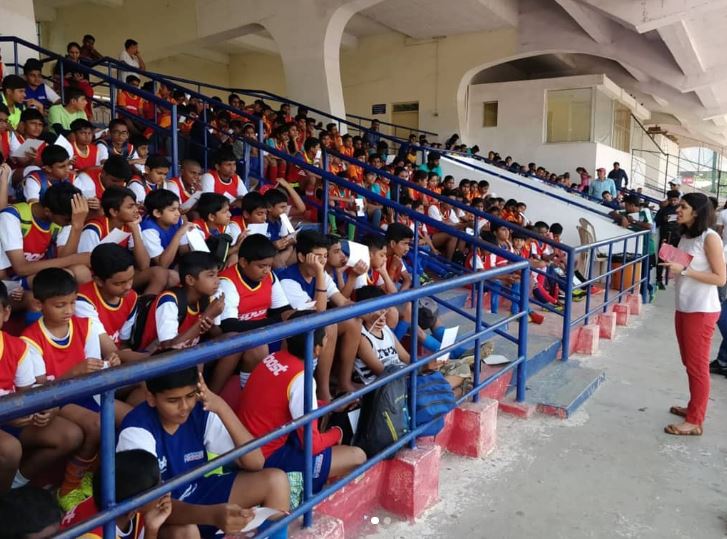
Shona at a training session at BFC soccer school
Getting into multiple shoes
The demand of each sport is different for Shona, and she handles her responsibilities as a nutritionist depending on the domain of sports that a player belongs to. “When I work with the hockey players, the way I deal with the demands as a professional is somewhat different from working with cricketers as they are comparatively better in terms of luxuries and privileges offered to them as players.” Similarly, being a consultant to athletes who give individual performances on the field is altogether a different ballgame.
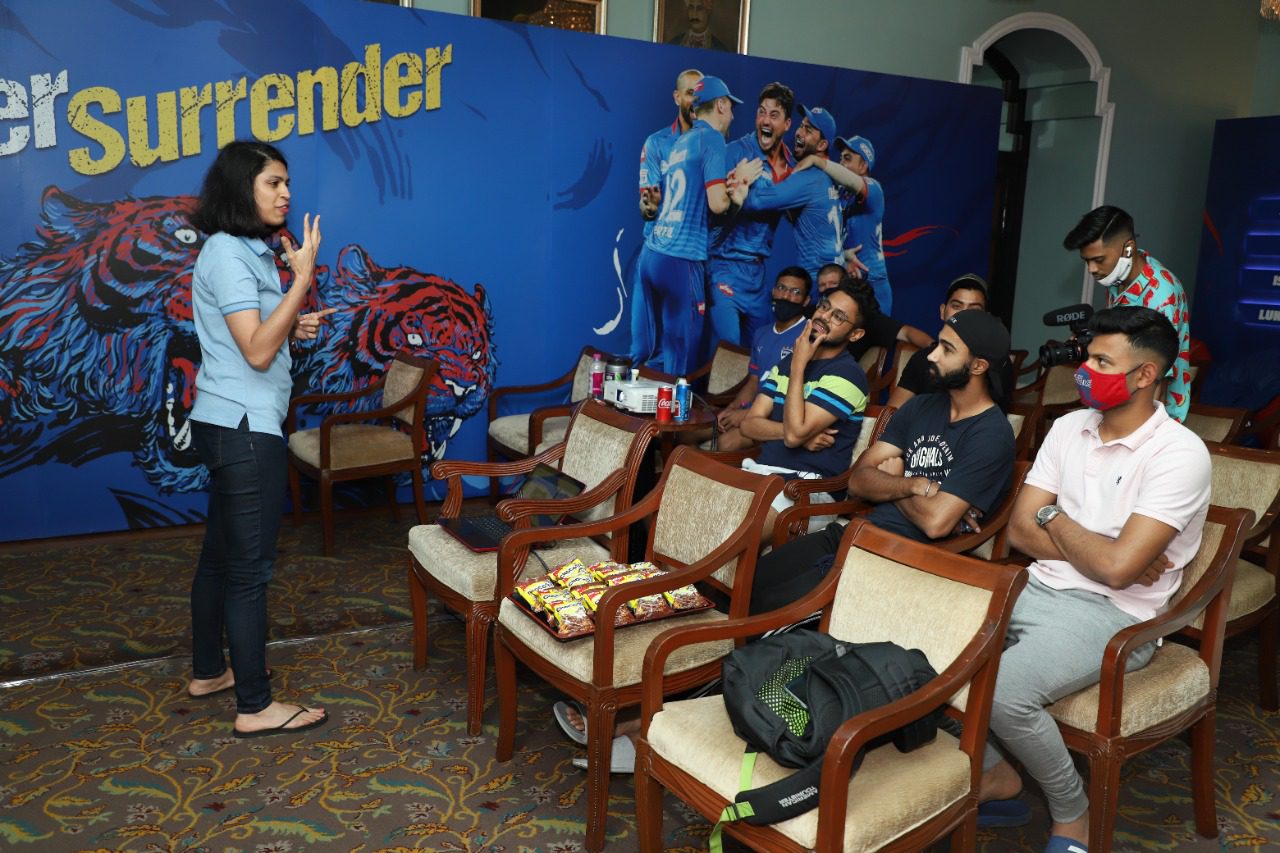
Shona with Delhi Capitals IPL team members
Recent initiatives – a boon
Shona is all praise of some good steps that have been taken lately to prioritise the concept of nutrition in sports and the support that is being given to young athletes by the government. They have access to professionals in different areas of the domain now. “Corporates coming forward to sponsor athletes is a cherry on the cake making the sports ecosystem better,” she remarks.
The sports and wellness nutritionist loves interacting with people of all ages and has been spreading awareness about the benefits of nutrition and a healthy lifestyle through nutrition and fitness talks at corporate houses, schools, and sports academies.
- Follow Shona Prabhu on LinkedIn and Facebook
- Follow NutrifyMyDiet on Instagram, Facebook and its website


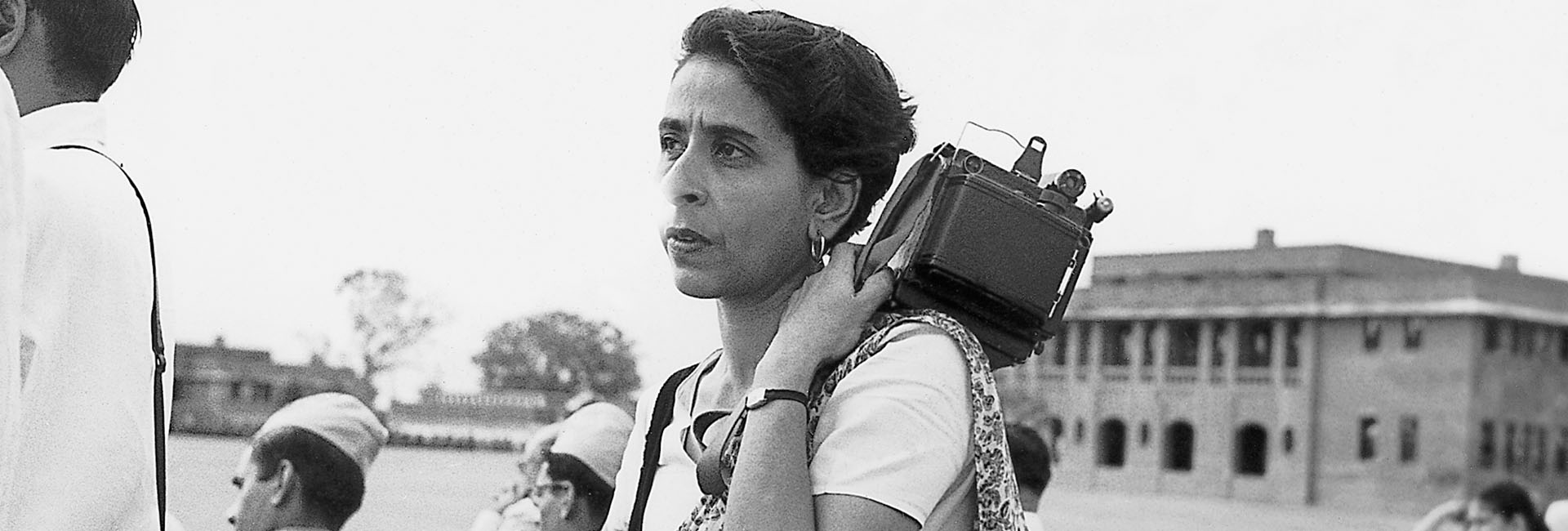
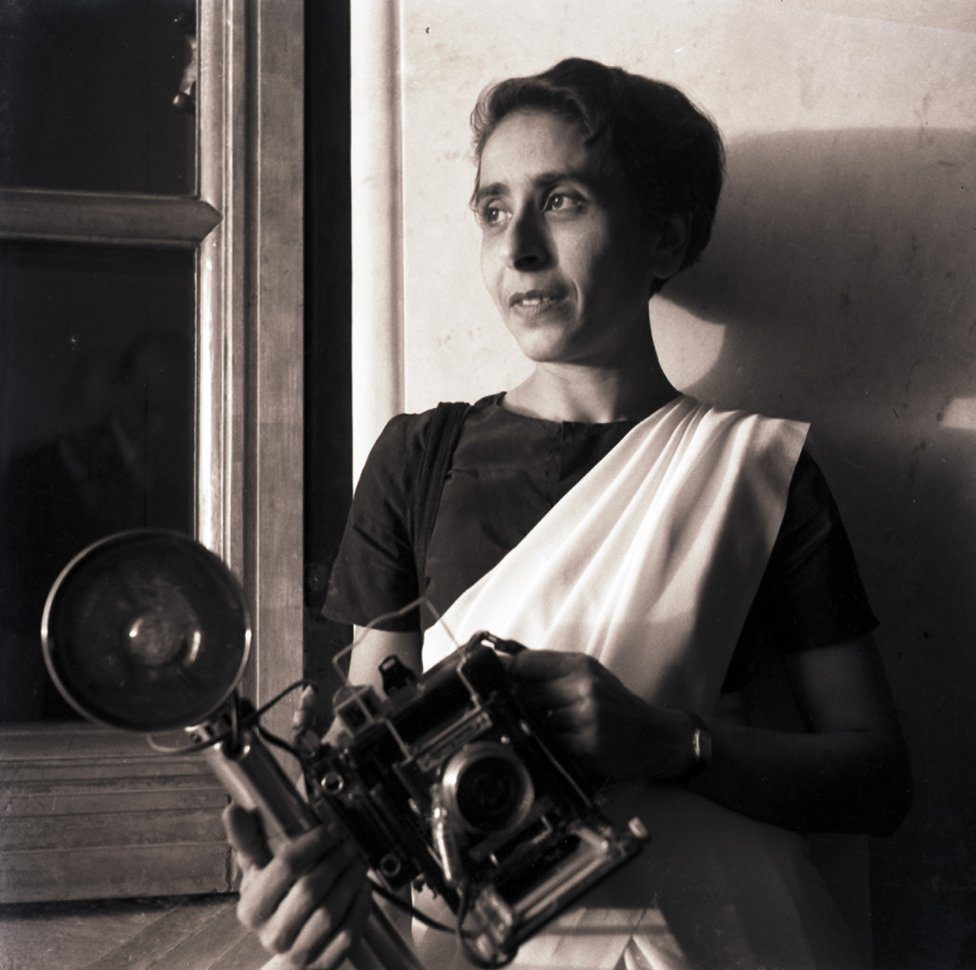 Homai Vyarawalla with her still camera[/caption]
Homai Vyarawalla with her still camera[/caption]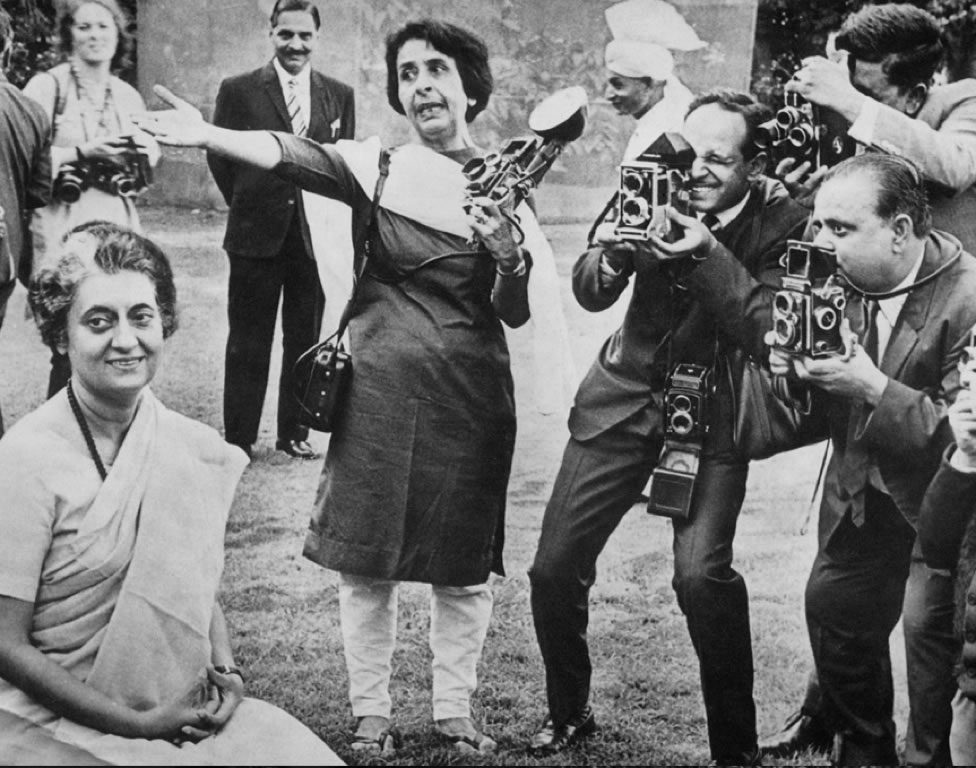 Homai Vyarawalla clicking Indira Gandhi during an event.[/caption]
Homai Vyarawalla clicking Indira Gandhi during an event.[/caption]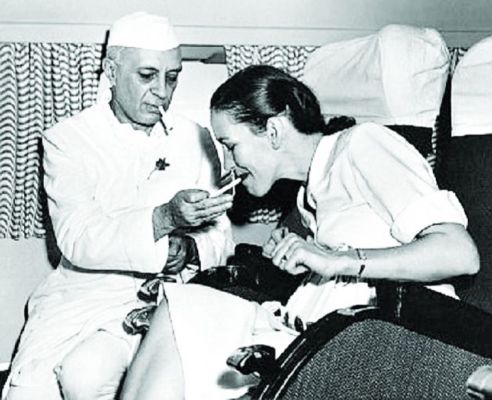 Homai Vyarawalla clicked this photograph of Pandit Nehru[/caption]
Homai Vyarawalla clicked this photograph of Pandit Nehru[/caption]
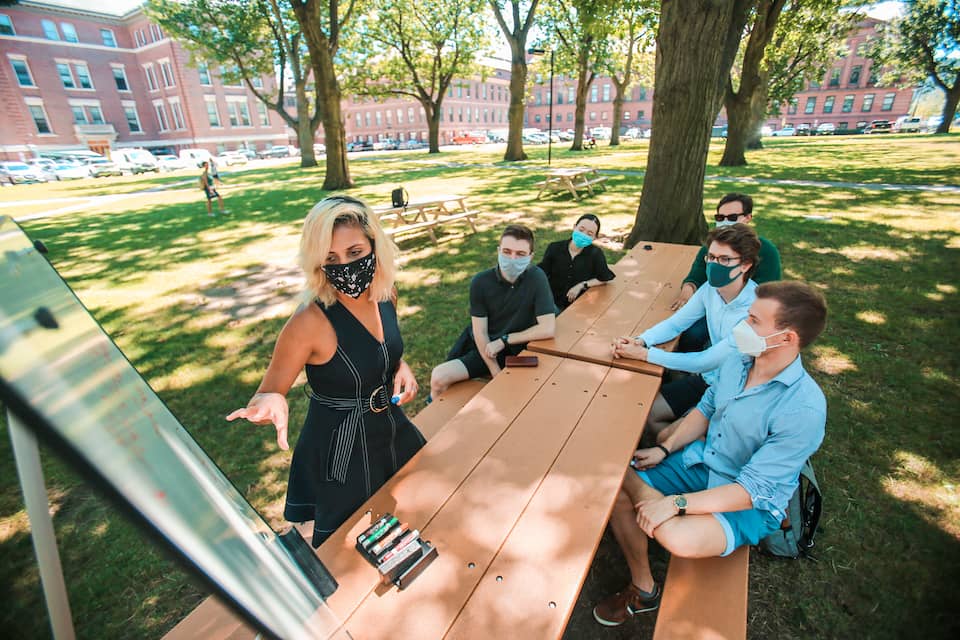 Dr. Prineha Narang taking a class at the UCLA[/caption]
Dr. Prineha Narang taking a class at the UCLA[/caption] Dr. Narang with Antony J. Blinken, U.S. Secretary of State, learning about Japan’s quantum tech[/caption]
Dr. Narang with Antony J. Blinken, U.S. Secretary of State, learning about Japan’s quantum tech[/caption] Dr. Narang at the US-Korea quantum round table, along with other scientists[/caption]
Dr. Narang at the US-Korea quantum round table, along with other scientists[/caption]

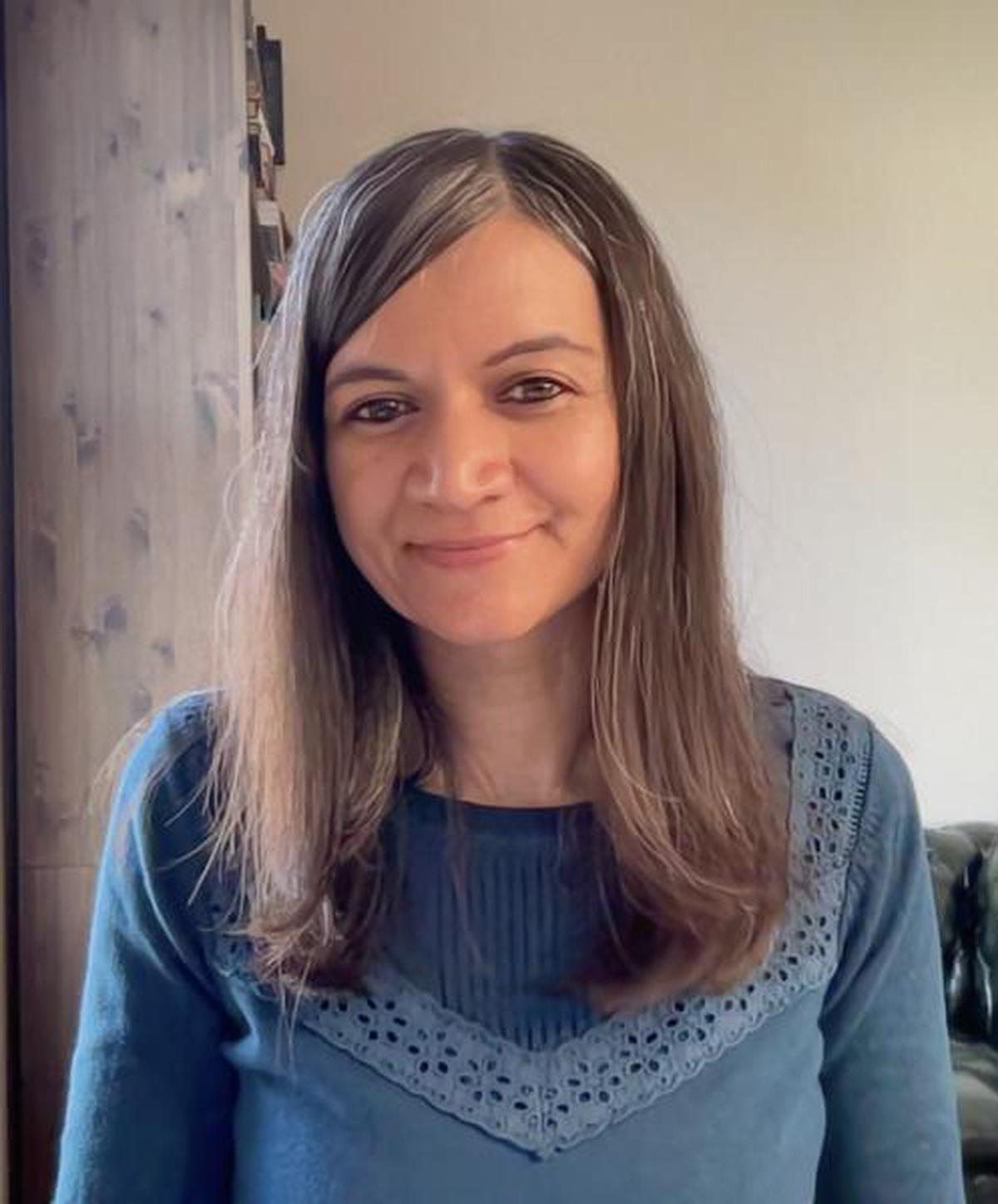
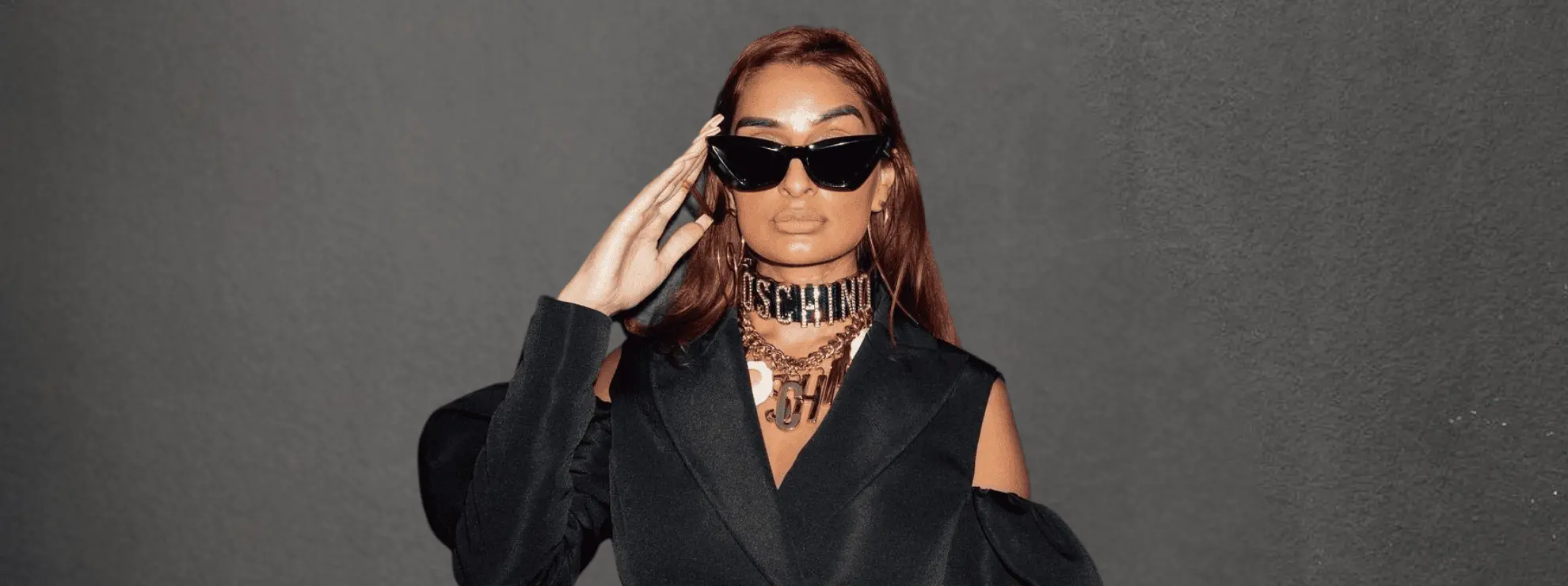


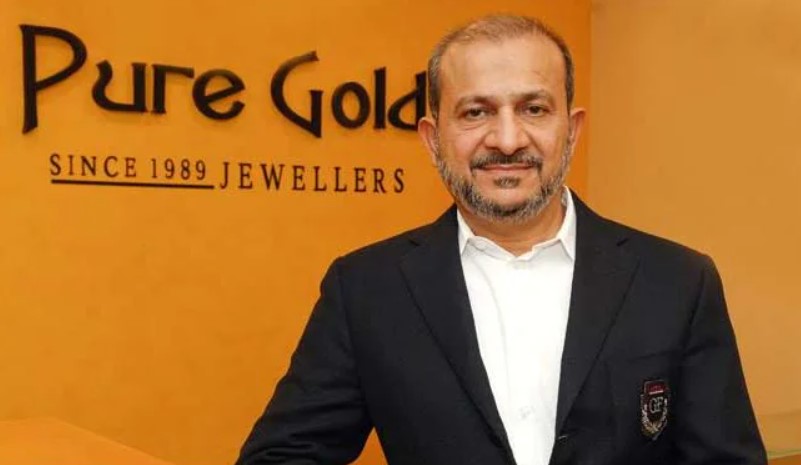 Firoz Merchant[/caption]
Firoz Merchant[/caption]